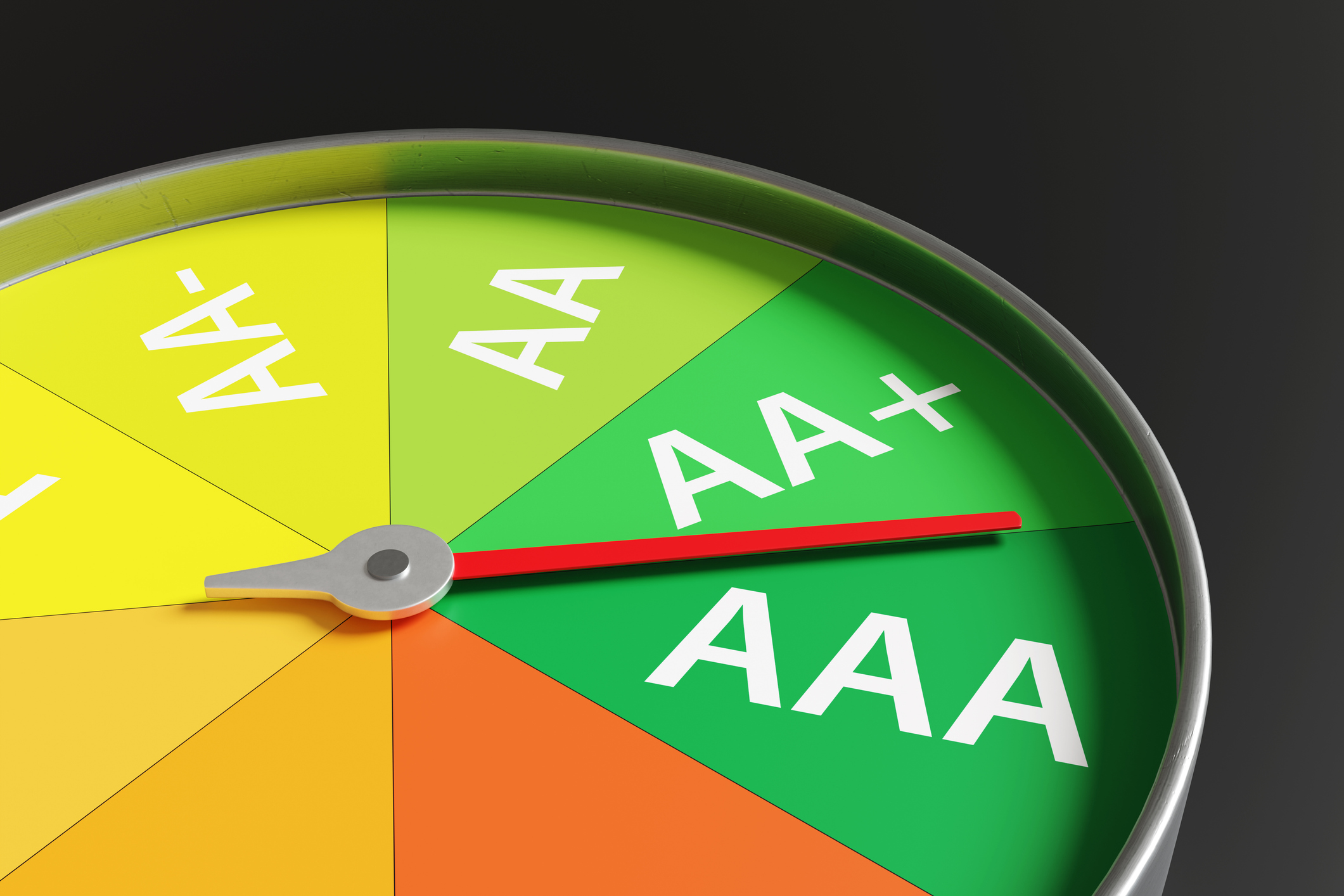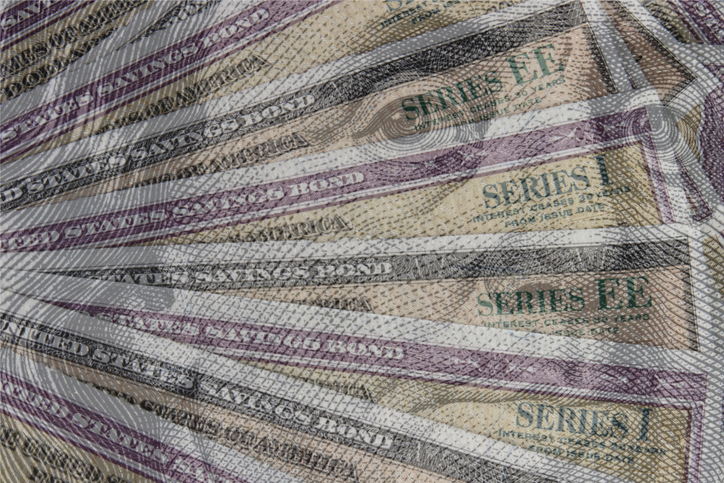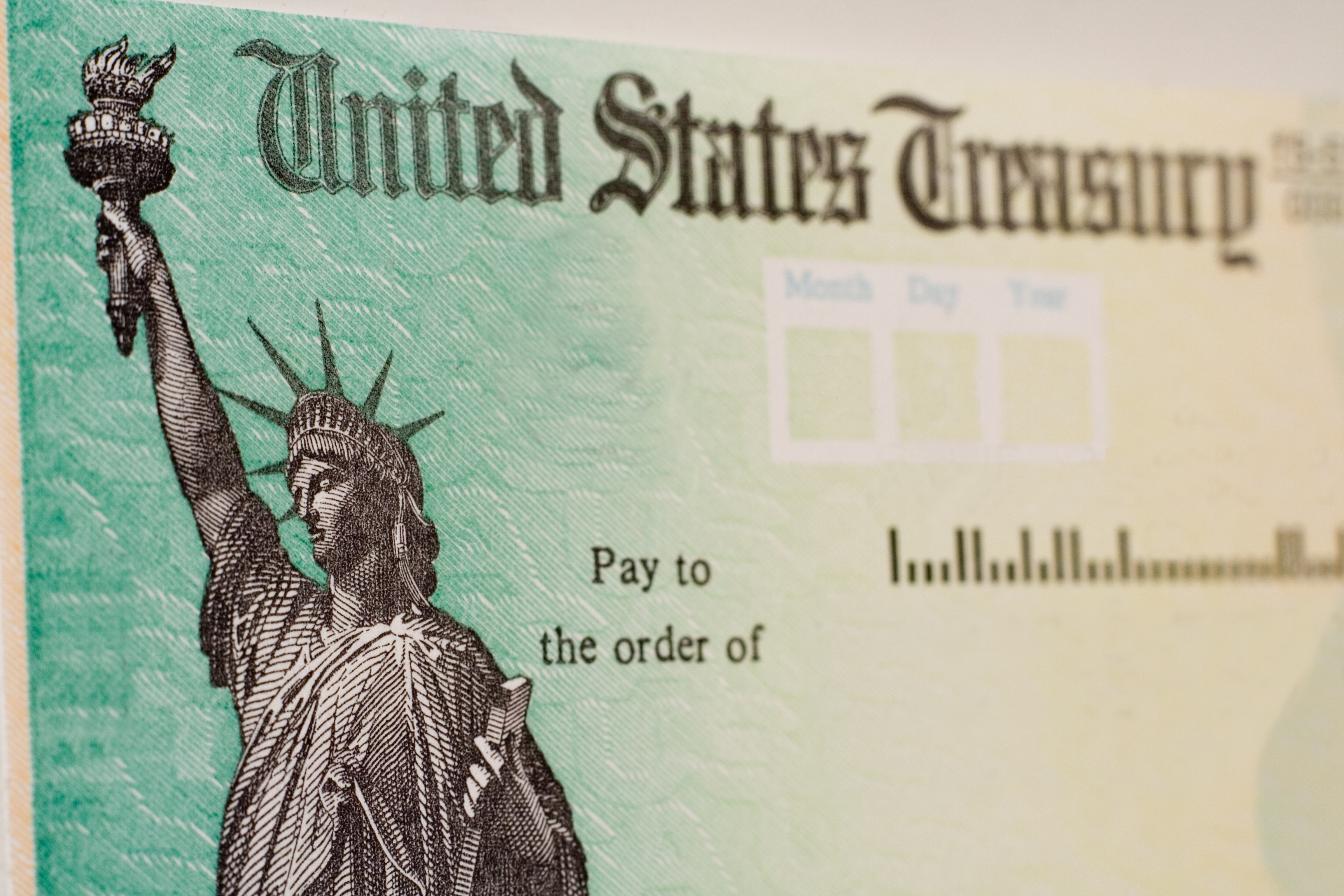A New Fund to Hedge Inflation
Horizon Kinetics Inflation Beneficiaries ETF, introduced in January, offers some tools to battle inflation.


Economists can (and do) argue over just how permanent current inflationary pressures are. But they agree that consumer costs are soaring. Kiplinger forecasts 5.4% inflation through the rest of 2021, easing to 3% in 2022 – higher than the 2% average between 2016 and 2019.
Investors have some familiar tools to beat back inflation. Treasury inflation-protected securities come to mind first, and commodity funds and stocks tend to act as nice hedges as well.
The new-ish Horizon Kinetics Inflation Beneficiaries ETF (INFL), introduced in January, offers another, more diversified way to crack that egg. The exchange-traded fund has rapidly amassed $675 million in assets.

Sign up for Kiplinger’s Free E-Newsletters
Profit and prosper with the best of expert advice on investing, taxes, retirement, personal finance and more - straight to your e-mail.
Profit and prosper with the best of expert advice - straight to your e-mail.
Inflation Beneficiaries invests in a roughly 50-50 split of domestic and international firms that are exposed – directly or indirectly – to assets that should increase in value alongside inflation, but that don't incur much in extra business expenses themselves.
"These companies do not need to spend a lot of money to earn their returns," says Todd Rosenbluth, head of ETF and mutual fund research for Wall Street research firm CFRA.
Materials-sector stocks such as miners Franco-Nevada (FNV) and Wheaton Precious Metals (WPM) make up 22% of INFL's assets, and the energy sector claims another 19%. But tops in the ETF are financial stocks – including German marketplace organizer Deutsche Börse and New York–based insurer and professional services firm Marsh & McLennan (MMC) – which make up nearly one-third of the portfolio.
Get Kiplinger Today newsletter — free
Profit and prosper with the best of Kiplinger's advice on investing, taxes, retirement, personal finance and much more. Delivered daily. Enter your email in the box and click Sign Me Up.
Kyle Woodley is the Editor-in-Chief of WealthUp, a site dedicated to improving the personal finances and financial literacy of people of all ages. He also writes the weekly The Weekend Tea newsletter, which covers both news and analysis about spending, saving, investing, the economy and more.
Kyle was previously the Senior Investing Editor for Kiplinger.com, and the Managing Editor for InvestorPlace.com before that. His work has appeared in several outlets, including Yahoo! Finance, MSN Money, Barchart, The Globe & Mail and the Nasdaq. He also has appeared as a guest on Fox Business Network and Money Radio, among other shows and podcasts, and he has been quoted in several outlets, including MarketWatch, Vice and Univision. He is a proud graduate of The Ohio State University, where he earned a BA in journalism.
You can check out his thoughts on the markets (and more) at @KyleWoodley.
-
 Stock Market Today: Great Power Affairs Mesmerize Markets
Stock Market Today: Great Power Affairs Mesmerize MarketsThe U.S. and China are at least talking about talking about tariffs, and investors, traders and speculators are showing a little less fear.
By David Dittman
-
 Is Walmart Plus Worth It?
Is Walmart Plus Worth It?There are tons of exciting Walmart Plus benefits – but are they worth the $98 annual fee?
By Rachael Green
-
 Bond Basics: Zero-Coupon Bonds
Bond Basics: Zero-Coupon Bondsinvesting These investments are attractive only to a select few. Find out if they're right for you.
By Donna LeValley
-
 Bond Basics: How to Reduce the Risks
Bond Basics: How to Reduce the Risksinvesting Bonds have risks you won't find in other types of investments. Find out how to spot risky bonds and how to avoid them.
By the editors of Kiplinger's Personal Finance
-
 What's the Difference Between a Bond's Price and Value?
What's the Difference Between a Bond's Price and Value?bonds Bonds are complex. Learning about how to trade them is as important as why to trade them.
By Donna LeValley
-
 Bond Basics: U.S. Agency Bonds
Bond Basics: U.S. Agency Bondsinvesting These investments are close enough to government bonds in terms of safety, but make sure you're aware of the risks.
By Donna LeValley
-
 Bond Ratings and What They Mean
Bond Ratings and What They Meaninvesting Bond ratings measure the creditworthiness of your bond issuer. Understanding bond ratings can help you limit your risk and maximize your yield.
By Donna LeValley
-
 Bond Basics: U.S. Savings Bonds
Bond Basics: U.S. Savings Bondsinvesting U.S. savings bonds are a tax-advantaged way to save for higher education.
By Donna LeValley
-
 Bond Basics: Treasuries
Bond Basics: Treasuriesinvesting Understand the different types of U.S. treasuries and how they work.
By Donna LeValley
-
 Bond Basics: Ownership
Bond Basics: Ownershipinvesting Bonds come in a variety of forms, but they all share these basic traits.
By Donna LeValley